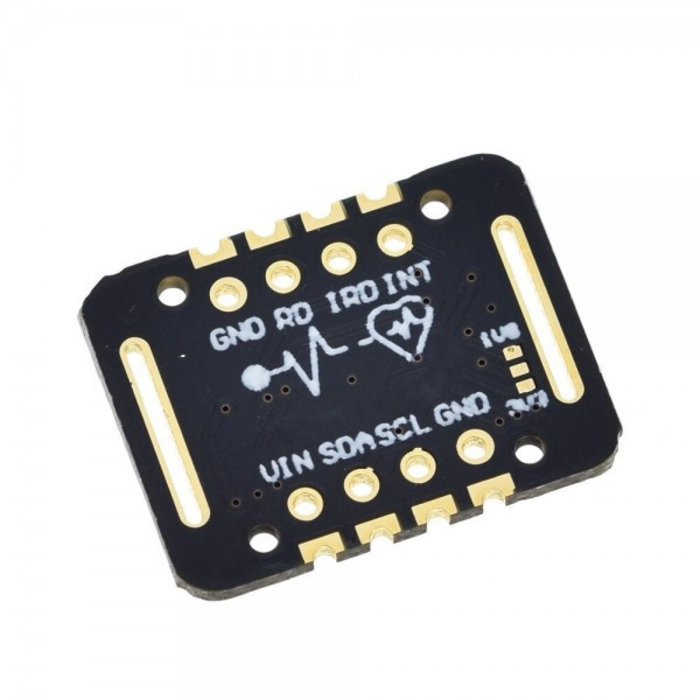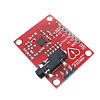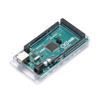
Ship to all EU countries
Art: NB198EAN: 8720618827548
MAX30102 Heart Rate and Pulse Oximeter Sensor Module (OT3546)
Show all:
Sensors,Heart Rate Sensors
Would you like to order large quantities of this product or do you need a quote to order within your organization? Then request a quote.
REQUEST QUOTEThank you for your request.
You will receive the quote in your mailbox within a few minutes.
You will receive the quote in your mailbox within a few minutes.
Ship to all EU countries
Ordered on working days before 3:00 PM = shipped the same day.
30 days cooling-off period
1 jaar garantie
Description
This heart rate module with MAX30102 is an improved version of MAX30100, which can be used for wrist measurement, heart rate oximetry and more.
Can be applied to smart wear fields such as sports watches.
Optical heart rate monitor and pulse oximetry solution
Small board size of 12.7mm x 12.7mm (0.5 inch x 0.5 inch)
Low power
Device drivers
Algorithm, Example C Source code and mbed platforms can be found online
Highly integrated, small sensor
Non-chest based heart rate/SpO2 detection
Ultra-low power consumption
You can use this sensor with any microcontroller such as Arduino, ESP8266 or ESP32 and easily measure patient health parameters. This low-cost DIY pulse oximeter sensor can be used in multiple applications if you are a beginner or an electronics enthusiast.
One of the main features of this device is its low power consumption: it is possible to put the device in Standby mode, where it has a very low power consumption.
All in all, this module is an ideal solution for various heart rate and SpO2 related applications, as well as the development of new algorithms for reading blood parameters based on the red and infrared absorption properties of the human body, mainly for arterial blood oxygen saturation (SpO2) and heart rate (HR).
An example of using this sensor with Arduino can be found here_x005F_x000D_
Can be applied to smart wear fields such as sports watches.
Optical heart rate monitor and pulse oximetry solution
Small board size of 12.7mm x 12.7mm (0.5 inch x 0.5 inch)
Low power
Device drivers
Algorithm, Example C Source code and mbed platforms can be found online
Highly integrated, small sensor
Non-chest based heart rate/SpO2 detection
Ultra-low power consumption
You can use this sensor with any microcontroller such as Arduino, ESP8266 or ESP32 and easily measure patient health parameters. This low-cost DIY pulse oximeter sensor can be used in multiple applications if you are a beginner or an electronics enthusiast.
One of the main features of this device is its low power consumption: it is possible to put the device in Standby mode, where it has a very low power consumption.
All in all, this module is an ideal solution for various heart rate and SpO2 related applications, as well as the development of new algorithms for reading blood parameters based on the red and infrared absorption properties of the human body, mainly for arterial blood oxygen saturation (SpO2) and heart rate (HR).
An example of using this sensor with Arduino can be found here_x005F_x000D_
Reviews
0/10
No reviews found
Add your review

















